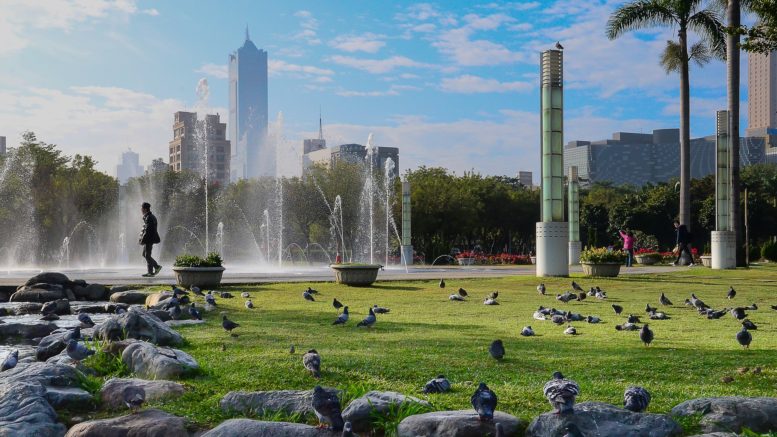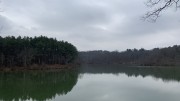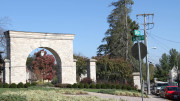Cities are getting larger and larger every year. Urban populations have gradually increased over the past hundreds of years and today it’s estimated that we’ll see over two thirds of the world’s population living in urban environments within the next three years according to the United Nations.
In order to adapt to an ever-growing increase in population, cities across the world have begun the process of expanding and urbanizing their areas. This process of urbanization involves the development of an area to become more urban and city-like.
With an increase of developed land, it comes as no surprise that there must also be a loss of forests, fields, and other types of undeveloped land. Undeveloped land has been and remains a necessity for both our culture and our longevity. Despite the world pushing forward towards urbanization, green spaces act as a countermeasure against land development.
Green spaces are undeveloped areas of land designated with the purpose of preserving the natural world. National parks, public parks, and protected environmental areas are all examples of green spaces found within our daily lives.
Including these green spaces within our urban planning benefits growing our communities in a variety of different ways. Without any green spaces, local species are forced to relocate out of their natural habitats. By creating green spaces, it is ensured that these local species are able to continue having a place to survive and thrive.
Creating green spaces doesn’t only benefit animals, humans also have positive benefits to having green spaces within their community. Both a reduction in social isolation and a general increase in health are two beneficial factors that drive the creation of green spaces. With ever expanding urbanization, the benefits of green spaces justify the creation of these spaces and should do so in order to maintain said benefits.
Urbanization might be seen by some as an issue that doesn’t involve them, however our local community of Carroll County is a potential victim to this threat. As I am not a native to Carroll County, I discussed this issue with department chair of environmental studies, Jason Scullion PH.D. Scullion spoke of Carroll County’s growth and agreed that the expansion of large economic powerhouses will only accelerate this growth.
The amount of green spaces within the city of Westminster is limited, yet The McDaniel Environmental Center is one of the most recognizable green spaces within the community. The MEC acts as both a protected green space as well as a location for McDaniel students and faculty to conduct research. Taking up over 50 acres of land, the MEC serves as an example of what green spaces can look like and how they act as a beneficiary of our community.
With urbanization not slowing down, the creation of green spaces needs to be prioritized in order to establish and maintain a foothold of the natural world within our ever growing community.
The McDaniel Environmental Center is currently closed due to COVID-19, but is planning on reopening next fall. If you are interested in becoming involved with the MEC, opportunities to do so will be included with some environmental studies and Biology classes next semester.





